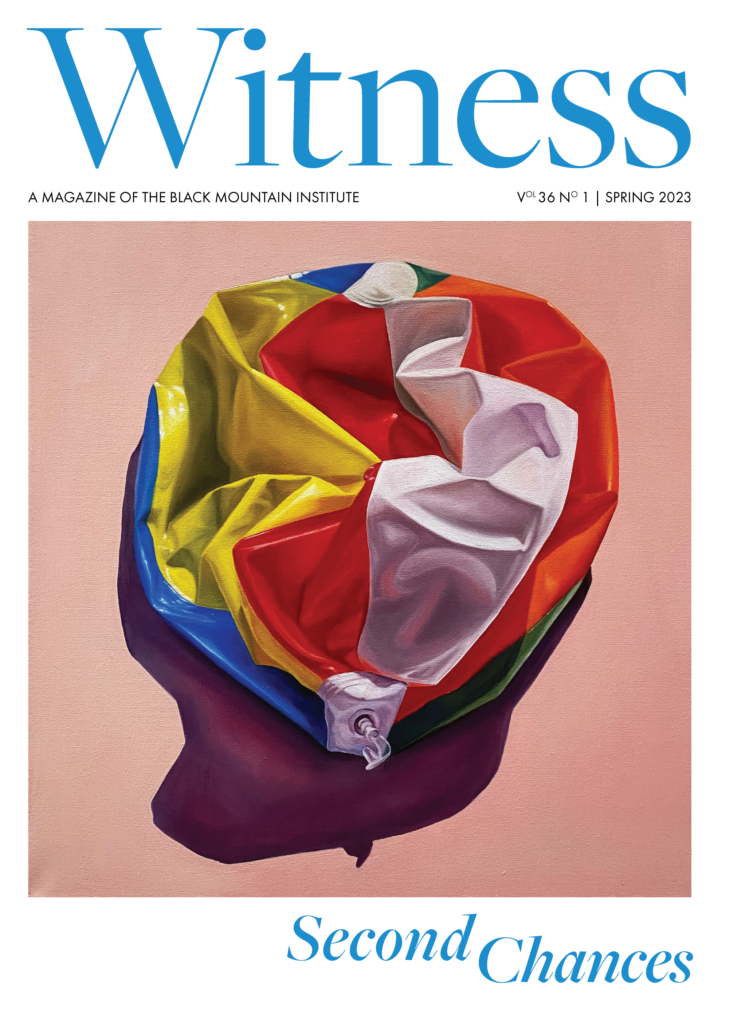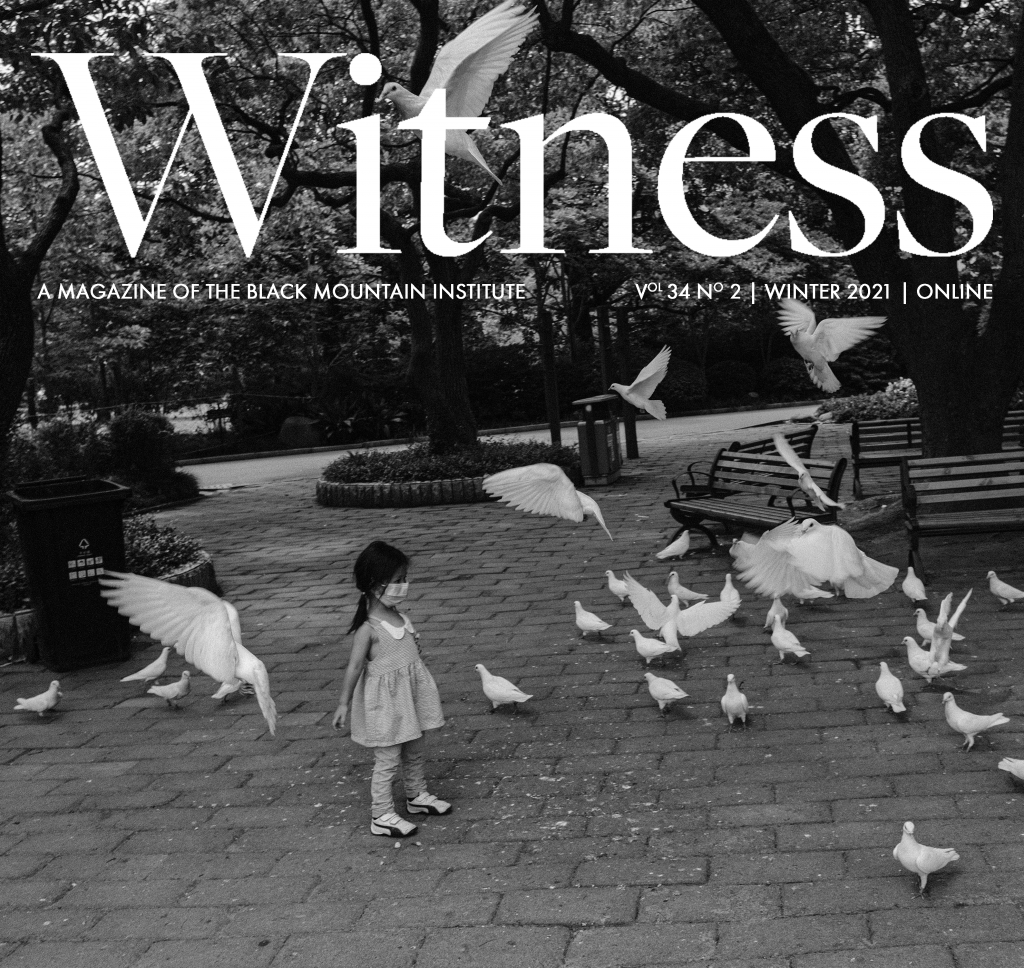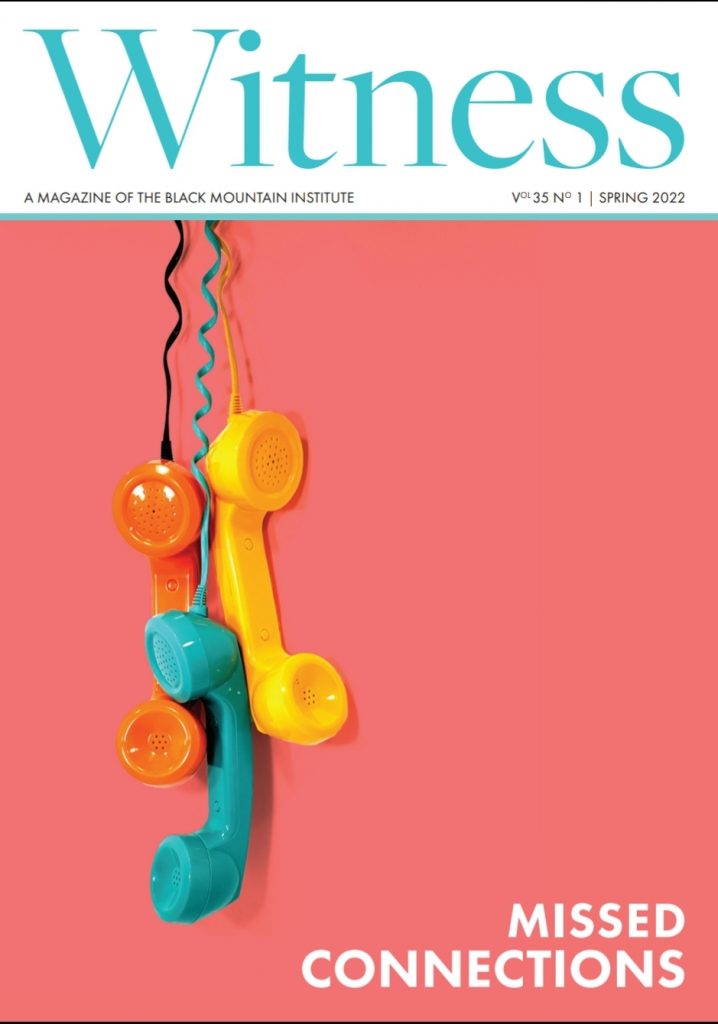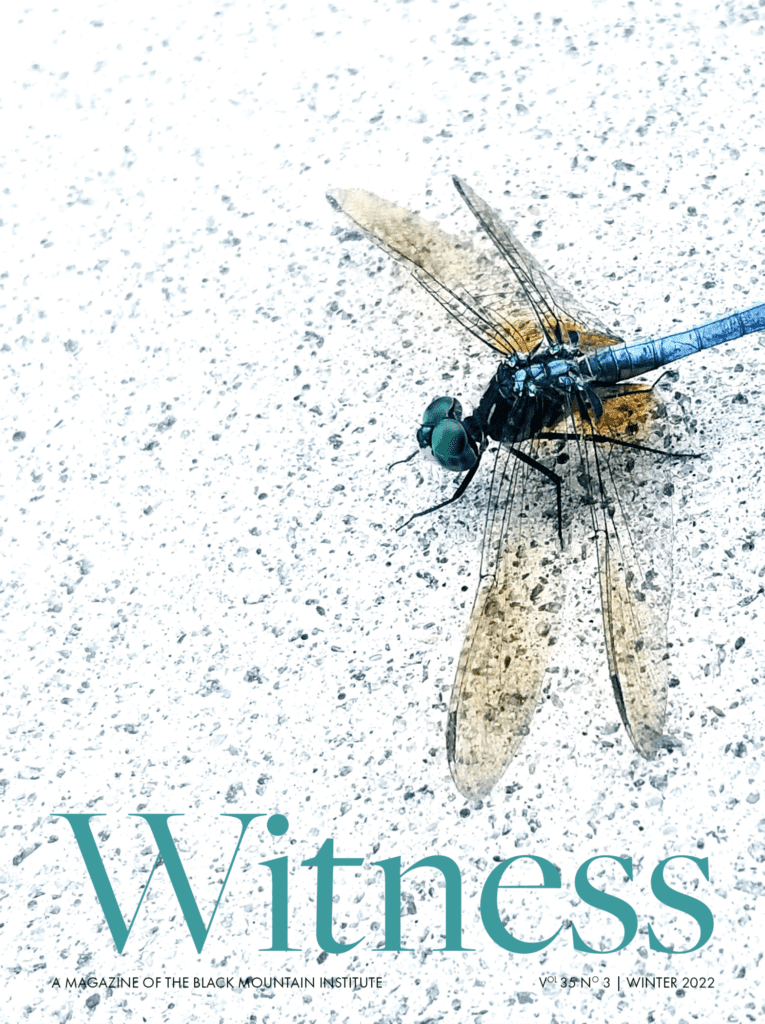(Page 5 of 7)
I realize Den lille havfrue‘s symbolic nature makes her a sitting duck. Symbols are hugely potent. But they stand so adamantly for something that they are liable to be renegotiated, or hijacked and put to new ends. They are plastic. Sea changes happen. What’s more, Den lille havfrue is a sacred cow, and everything sacred comes under fire eventually.
I know Danes to be candid, outspoken, and jocular. (Their e-mails, texts, and virtual chats are studded with emoticons—a display of the exact communication they prefer, I think—and I find myself lobbing smileys into our exchanges.) Exercising freedom of speech to the point of provocation is also meget Dansk. The Muhammad caricatures are a case in point. Of course the Danish newspapers knew the cartoons would offend Denmark’s Turkish diaspora, but they were, as the papers’ editors saw it, a discourse on self-censorship. The first publication caused unprecedented violence in Copenhagen, and, in the face of it, the cartoons ran a second time. In Iran, the government renamed a favorite pastry, the danish, the Rose of Muhammad. Meanwhile, in the U.S., Freedom fries were consumed and support-Denmark groups begun.
Ironically, Den lille havfrue is frequently mistreated. I ask Danes why the statue is so often vandalized. “Because people know it works,” another Morten says. For attention, most of them suggest. Signe says that when it happens, the desecration affects the whole country.
I Facebook Danish poet Carsten René Nielsen. He is looking forward to an audience with the queen, Margrethe II, the following week. (He thinks the Expo was “really brilliant PR.”) Carsten says Den lille havfrue “is kitsch and a national symbol at the same time and will therefore … attract attention.” He calls her 1964 beheading Denmark’s “baptism into modernity,” but Carsten isn’t aware of the other counts.
“If there has been vandalism against The Little Mermaid since then, I think it has just been normal vandalism (drunk youngsters ‘having fun’).”
I scrunch my face. How could he not know what she’s been through?
It’s so at odds with what people have been telling me. I have to reassure myself that this is alright—anthropology is a dispute—but I worry: have I been overstating? Weirdly, I feel protective of Den lille havfrue in a sisterly way. It’s one thing to hurt her, another to say she’s not important enough to be meaningfully singled out. The sash, the blast, the dildo, the headscarf, they must be ideological. Right?
In his 1997 book, Carsten says Jørgen Nash “claims to be the ‘Mermaid murderer’ from 1964,” and that he did it supposedly “because of a broken heart and only later—being a Situationist artist—tried to capitalize on it artistically.”
“Anyway,” says Carsten, “the beheading sent a shock through Denmark and was a significant event.”
I put the question to Danish writer Morten Brask, who replies that Carsten is “absolutely right … assuming that the vandalism has higher meanings.” Morten tells me he used to work as a political satirist. In 2001, he Photoshopped the veil onto Den lille havfrue in a mock advertisement for the Dansk Folkeparti (right wing), years before the incidents with the sash and the headscarf. About the statue he says, “We don’t really like it. We laugh a little when tourists go to see it. I mean, it’s just a statue—but a statue with enormous symbolical value, easy to use and abuse.”
Denmark at once adores and abhors its mermaid. These days, Copenhagen runs with Paris and Milan, and she’s middlebrow (worse than lowbrow), she’s out. With the chic Vikings now giving her the cold shoulder, the havfrue has become the Other completely. She is sent away to China, where other grating Danish things like Aqua go to find new fans.
This unsentimental attitude isn’t new. In the 1930s, Poul Henningsen wrote The Denmark Film (There is a Lovely Country) to bait tourists. His portrayal was not well received. Henningsen defended his project in the May 1, 1935 issue of Berlingske Aftenavis: “I have indeed included everything that is typical—the whole of everyday Denmark; but perhaps not the Sunday pleasures which a Dane would think of first. Nor have I included the Little Mermaid, which I personally think is a bad monument. But can’t we pass her by for once? Just to be free of her this one time.”
While the mermaid was udlandet i Kina, a group calling itself “The Temp Little Mermaid Agency” was formed. “We are interested,” the group stated, “in what alternatives there might be to the classic and common understanding of Denmark, not to mention the people who to this date embody it.” They wanted to know, “What happens in their absence? What else is there to talk about?”
The agency set up a pedestal of boulders, like the mermaid’s, and scheduled people to serve as stand-ins. It was the little mermaid versus five hundred little mermaids—women and men alike, striking her faraway, folded-up pose. A woman named Benedikte wore a black lace leotard, a long black skirt, and sky blue flippers. She eventually napped right there on what looked like a giant river stone. There were lots of couples, some little kids, and at least one pirate. There were no women with red hair.
Ariel’s shock of red hair correlates to that of another mermaid, Madison, played by Daryl Hannah. Given the success of Splash (1984), Disney Studios did not hesitate to green-light The Little Mermaid. Only, because Hannah had done towhead already, Disney went in a different, more idiosyncratic direction: of course red. The studio based Ariel’s mind-of-its-own mane on astronaut Sally Ride’s hair in zero gravity. And the plot thickens.
Hannah’s beautiful tail took five to eight hours to don, but it worked. Her safety team could not keep up, that is how swimmingly she swam. In an interview, Hannah offered that she’d been very taken with Hans Christian Andersen’s short story. “I had my mermaid swim down because I’d been doing it since I was a little, tiny kid, you know.” On set, it was too arduous to hoist her back and forth, in and out, so Hannah was left in the water, hanging out around the boat. Sometimes Ron Howard dropped french fries into her mouth.
ANSIGT, ELLER FACE
Michael Elmgreen and Ingar Dragset used Den lille havfrue in their installation When a Country Falls in Love With Itself (2008). Taking their cue from minimalist Scandinavian design, they positioned a single large mirror for Den lille havfrue to look into, so onlookers could see her reflected, too. There can be no richer, pithier report: the artwork addressed both Denmark’s relationship to Den lille havfrue and the country’s own self-regard. When a Country Falls in Love With Itself echoed the traditionally vain mermaid who, mirror in hand, is preoccupied with her beauty.







